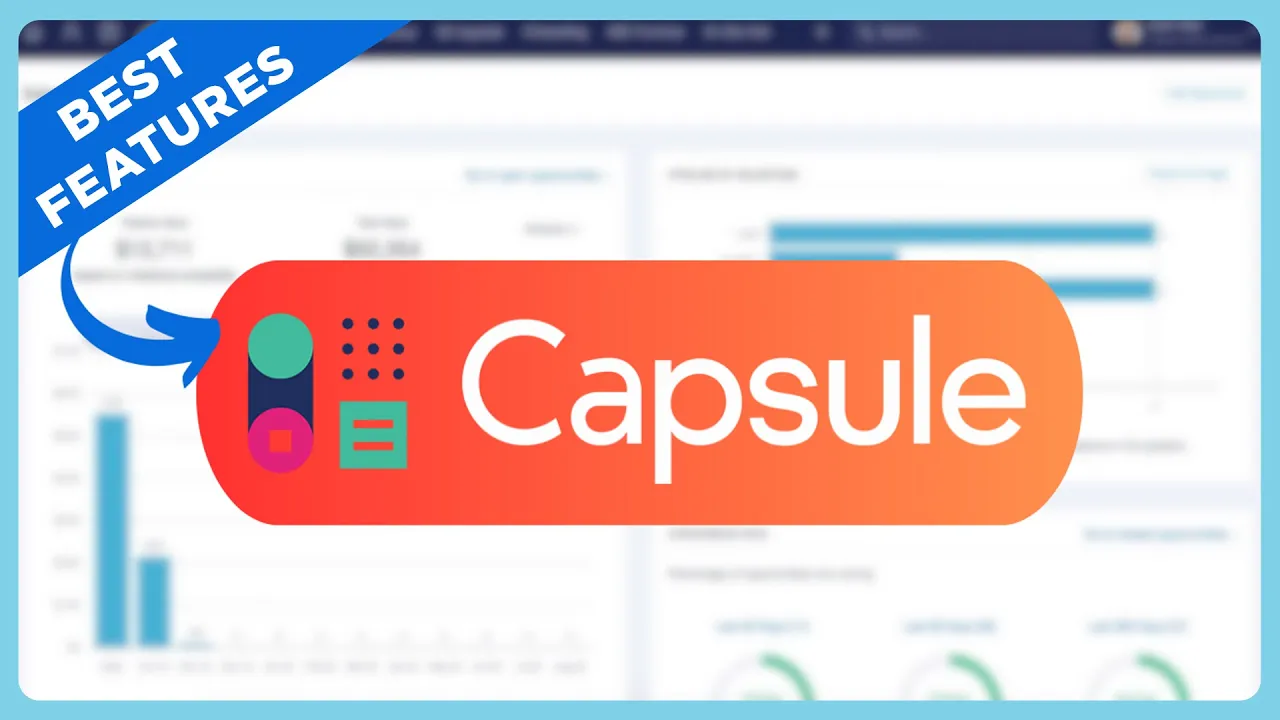Image: iStockphoto/solarseven
The first step was to submit apps to the Google Play Store that had nearly no harmful footprint and that in fact looked like functional, useful applications, such as QR Code scanners, PDF scanners, cryptocurrency-related apps or fitness-related apps. Once launched, these apps asked the user to do an upgrade, which was downloaded outside of the Google Play Store (sideloading strategy) and set up the harmful material on the Android gadget.
Likewise see.
Strengthen your companys IT security defenses by keeping up with the most current cybersecurity news, options, and best practices.
Provided Tuesdays and Thursdays.
So, while the initial application did not include anything harmful, it supplied a method to install the harmful content after the setup was done, making it totally undetectable to the Google Play Store. The assailants took care sufficient to send an initial variation of their applications, which did not install or consist of any download performance, and later updated the applications on the Google Play Store with more authorizations, enabling the download and setup of the malware. They have likewise set limitations by utilizing mechanisms to guarantee the payload was just installed on real victims gadgets and not testing environments, making it even harder to spot. ThreatFabric discovered 4 different banking Trojan families: Anatsa, Alien, Hydra and Ermac, with Anatsa being the most widespread. The security of the Google Play Store Google Play is the major repository for Android applications, and any developer can submit his or her own application to the Play Store. The submitted application will then go through an app review procedure to guarantee that it is not harmful and does not breach any of the designer policies. SEE: Google Chrome: Security and UI suggestions you require to know ( TechRepublic Premium) These policies mostly involve guaranteeing that the content of the app is suitable, that it does not impersonate or copy other apps or people, that it adheres to monetization policies, and supplies minimum performance (it ought to not crash all the time, and it needs to respect the user experience). On the security side, apps sent ought to naturally not be malicious: It ought to not put a user or their information at risk, compromise the stability of the device, gain control over the device, make it possible for remote-controlled operations for an aggressor to access, usage or make use of a device, send any individual data without sufficient disclosure and permission, or send spam or commands to other devices or servers. Googles process to take a look at submitted applications likewise consists of approval confirmations. Some consents or APIs, considered delicate, require the developer to submit unique permission demands and have it reviewed by Google to make sure the application does truly need those. Malware and PUA on the Google Play Store While being very aware and actively releasing continuous new methods to tackle malware, the Google Play Store can still be bypassed in uncommon cases. The entire evaluation procedure applied to application submissions for the Google Play Store makes it really hard for cybercriminals to spread out malware by means of the platform though it is regrettably still possible. SEE: Password breach: Why pop culture and passwords do not mix (complimentary PDF) (TechRepublic) A research study released in November 2020 by the NortonLifeLock Research Group revealed that amongst 34 million APKs spread on 12 million Android gadgets, in between 10% and 24% of it could be explained as malicious or possibly unwanted applications, depending upon different classifications. Of those applications, 67% were set up from the Google Play Store. The researchers point out that “the Play market is the primary app circulation vector accountable for 87% of all installs and 67% of unwanted installs. Its is only 0.6% vector detection ratio, revealing that the Play market defenses versus unwanted apps work, but still significant amounts of undesirable apps are able to bypass them, making it the primary circulation vector for undesirable apps. In the end, users are more likely to set up malware by downloading it from websites via their device web browsers or from alternative markets. How to safeguard your Android gadget from malwareWith a few actions, it is possible to substantially reduce the danger of having an Android device being jeopardized. Avoid unidentified shops. Unknown shops generally have no malware detection processes, unlike the Google Play Store. When installing an app, do not install software application on your Android device which comes from untrusted sources.Carefully check asked for consents. Applications need to only request authorizations for necessary APIs. A QR Code scanner need to not ask for consent to send SMS, for instance. Prior to installing an application from the Google Play Store, scroll down on the app description and click on the App Permissions to check what it requests.Immediate request for update after installation is suspicious. An application that is downloaded from the Play Store is supposed to be the most current version of it. If the app requests for update permission at the very first run, immediately after its installation, it is suspicious.Check the context of the application. Is the application the first one from a designer? Has it extremely few evaluations, possibly only five-star reviews?Use security applications on your Android gadget. Thorough security applications should be set up on your gadget to safeguard it.Disclosure: I work for Trend Micro, but the views expressed in this short article are mine.
Cybersecurity Insider Newsletter.
The very first action was to send apps to the Google Play Store that had nearly no malicious footprint and that really looked like functional, beneficial applications, such as QR Code scanners, PDF scanners, cryptocurrency-related apps or fitness-related apps. The assaulters were cautious adequate to send a preliminary version of their applications, which did not install or consist of any download performance, and later on updated the applications on the Google Play Store with more authorizations, allowing the download and setup of the malware. The security of the Google Play Store Google Play is the significant repository for Android applications, and any designer can submit his or her own application to the Play Store. Malware and PUA on the Google Play Store While being really aware and actively releasing consistent new approaches to tackle malware, the Google Play Store can still be bypassed in rare cases. Prior to setting up an application from the Google Play Store, scroll down on the app description and click on the App Permissions to examine what it requests.Immediate request for upgrade after installation is suspicious.
Sign up today.
Source link.
The initial apps in Google Play were safe, however the creators discovered a way around the Play Stores securities to set up malware on Android users devices. Heres how it occurred and how to remain safe.

















